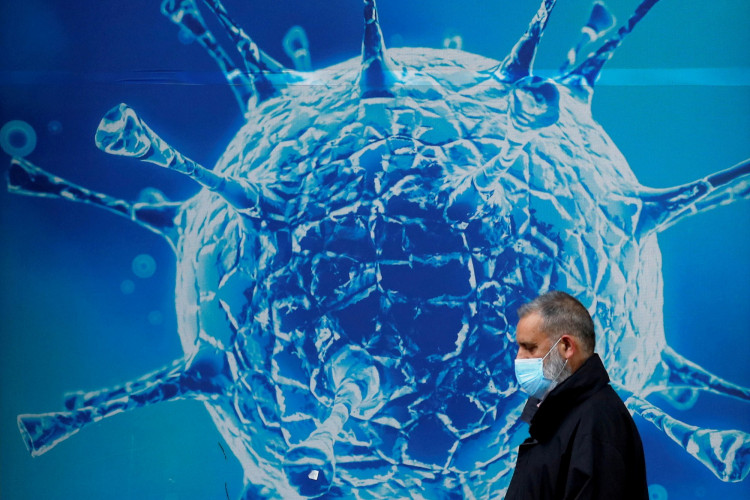Leading epidemiologists and scientists from China and abroad are preparing a letter to Science magazine to debunk the "lab leak" theory suggested by some government intelligence units as the origin of COVID.
Several intelligence units, including those from the UK and the U.S. suggested there may be ample evidence to prove the coronavirus originated from a China laboratory leak.
The scientists said it was "absolute nonsense" to have intelligence agencies lead the investigation into the origins of the virus. China scientists in particular are concerned over the "political hyping" of the origins of the virus.
"It's ridiculous to ask intelligence units to do the work that should be done by scientists," the former head epidemiologist at China's Center for Disease Control, Zeng Guang, said.
Last week, U.S. President Joe Biden asked the nation's intelligence agencies to "redouble" their efforts to uncover the true origins of the virus. The UK then followed with its conclusions - it was "feasible" the virus had come from a China laboratory leak.
China officials fired back and said that the lab leak conspiracy theory has been hyped by Western politicians and news media to shift the blame. Officials said Western countries were trying to find a scapegoat for their own failures in handling the crisis effectively.
Last month, a group of 18 researchers published a letter in the Science magazine arguing that the lab leak theory should be explored and that a "proper investigation" should be conducted.
The call was made despite the findings of a World Health Organization-led investigation into the matter, which stated that it was "extremely unlikely" for the virus to have originated from the laboratory leak. The joint WHO-China report said the most likely cause was transmission between animals and humans through frozen food.
Scientists working on the new letter, including Zeng, said origins-tracing work involving infectious diseases is very difficult. They said it is important that all hypotheses be verified and that no one jumps to any immediate conclusions.
"It's much easier to find out whether it was a lab leak compared with tracing animal-human transmission, as there must have been evidence left through lab spillovers - for example, the infected staff members or the contaminated environment," Zeng said.






